Concept cars have always been a glimpse into the future of automotive design and technology. These groundbreaking vehicles push the boundaries of what’s possible, offering innovative ideas and revolutionary designs. From bold aesthetics to pioneering engineering, each concept car on this list has left a lasting impact on the automotive world. Let’s explore some of the most iconic and forward-thinking concept cars ever unveiled.
GM Firebird XP-21 (1953)
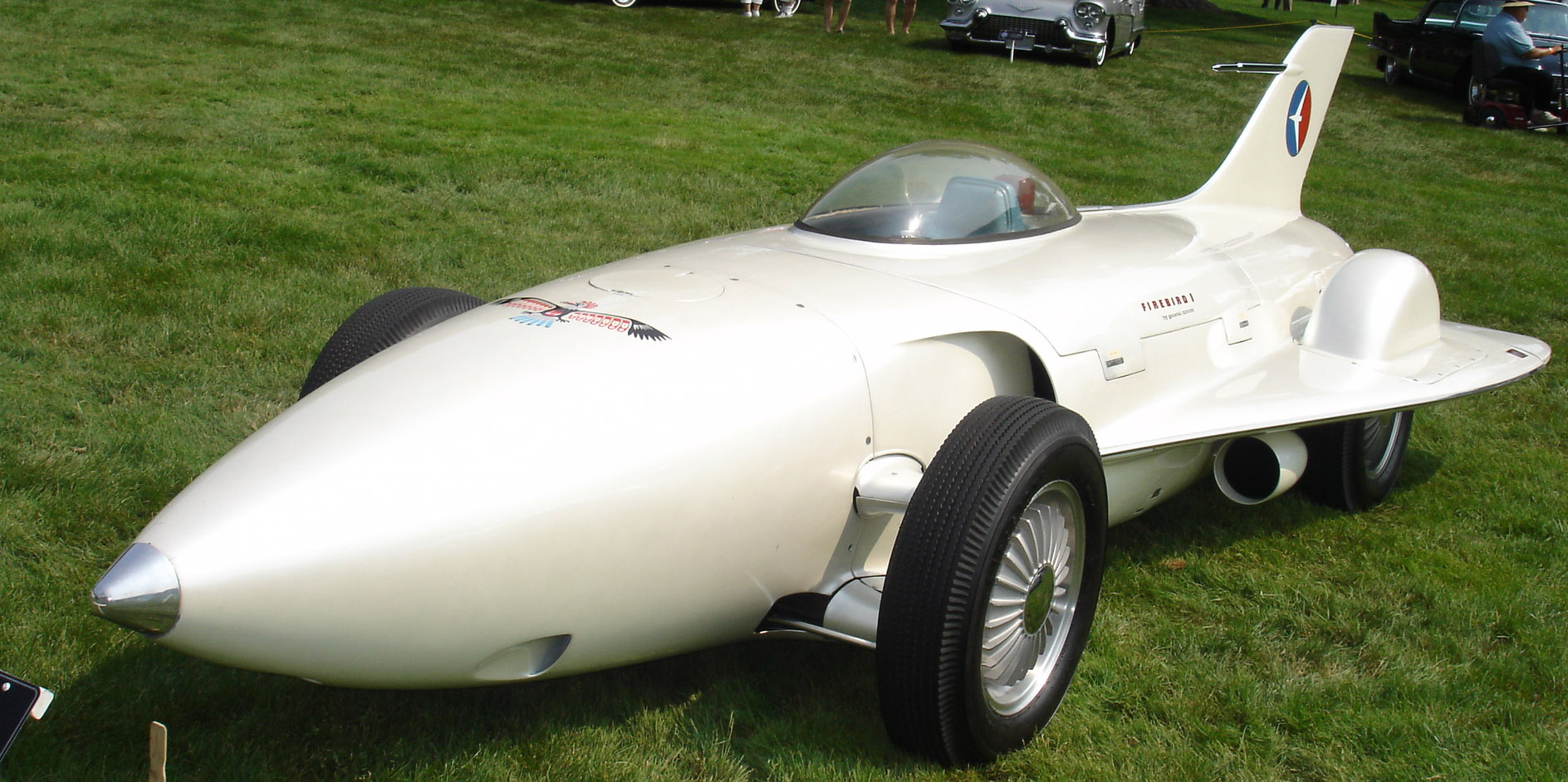
The GM Firebird XP-21, unveiled in 1953, was a jet-inspired marvel. It was the first gas turbine-powered car built in the United States. Designed by Harley Earl, the car featured a sleek, aircraft-like body with a bubble canopy. Its 370-horsepower Whirlfire Turbo-Power engine was groundbreaking for its time. The XP-21 never reached production but remains a symbol of futuristic ambition. Today, its estimated value is over $1 million, making it a prized exhibit in automotive museums, celebrated for its audacious design.
Lincoln Futura (1955)
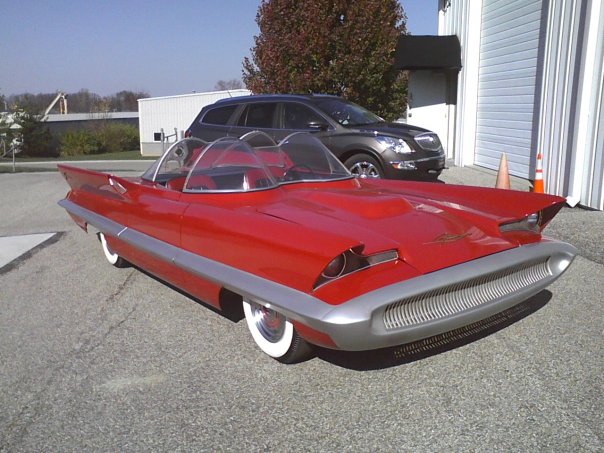
The Lincoln Futura, introduced in 1955, dazzled with its space-age aesthetics. Designed by Bill Schmidt and John Najjar, it featured dramatic fins, a bubble roof, and unique headlights. Its bold look caught the public’s eye, but it never went into mass production. Instead, the Futura gained fame as the Batmobile in the 1960s TV series. The car was purchased for $1 by George Barris, who modified it into the Batmobile, and its value skyrocketed, estimated today at over $4 million.
Chevrolet Corvette Mako Shark II (1965)
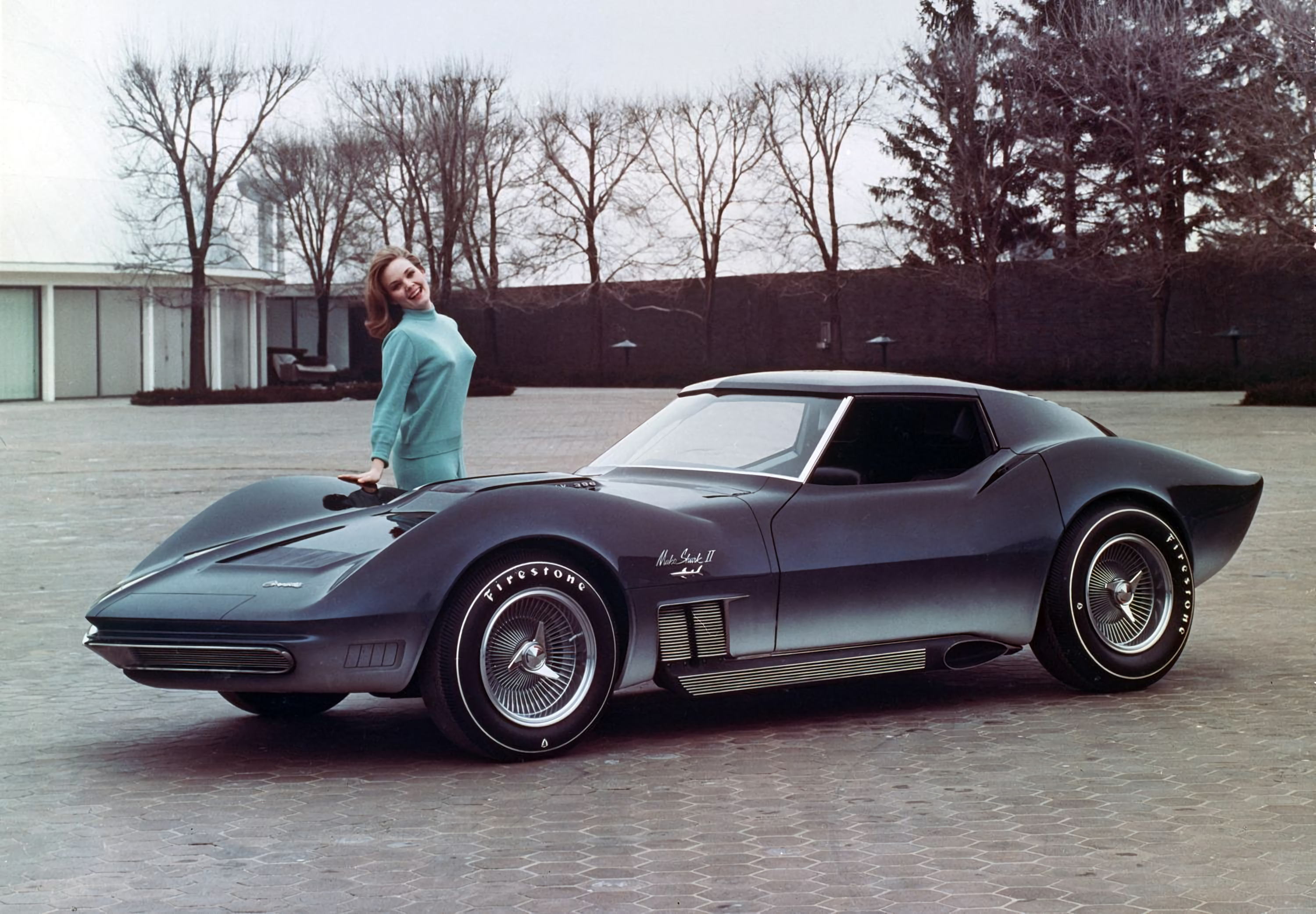
The Chevrolet Corvette Mako Shark II, revealed in 1965, was an aggressive and stylish concept. Designed by Larry Shinoda, it inspired the production Corvette C3. The car’s sleek lines, pointed nose, and innovative features like hidden headlights were ahead of their time. The Mako Shark II also featured a unique blue-to-silver gradient paint job. This concept car set the stage for the Corvette’s future and remains a collector’s dream, valued today at approximately $3 million.
Buick Y-Job (1938)
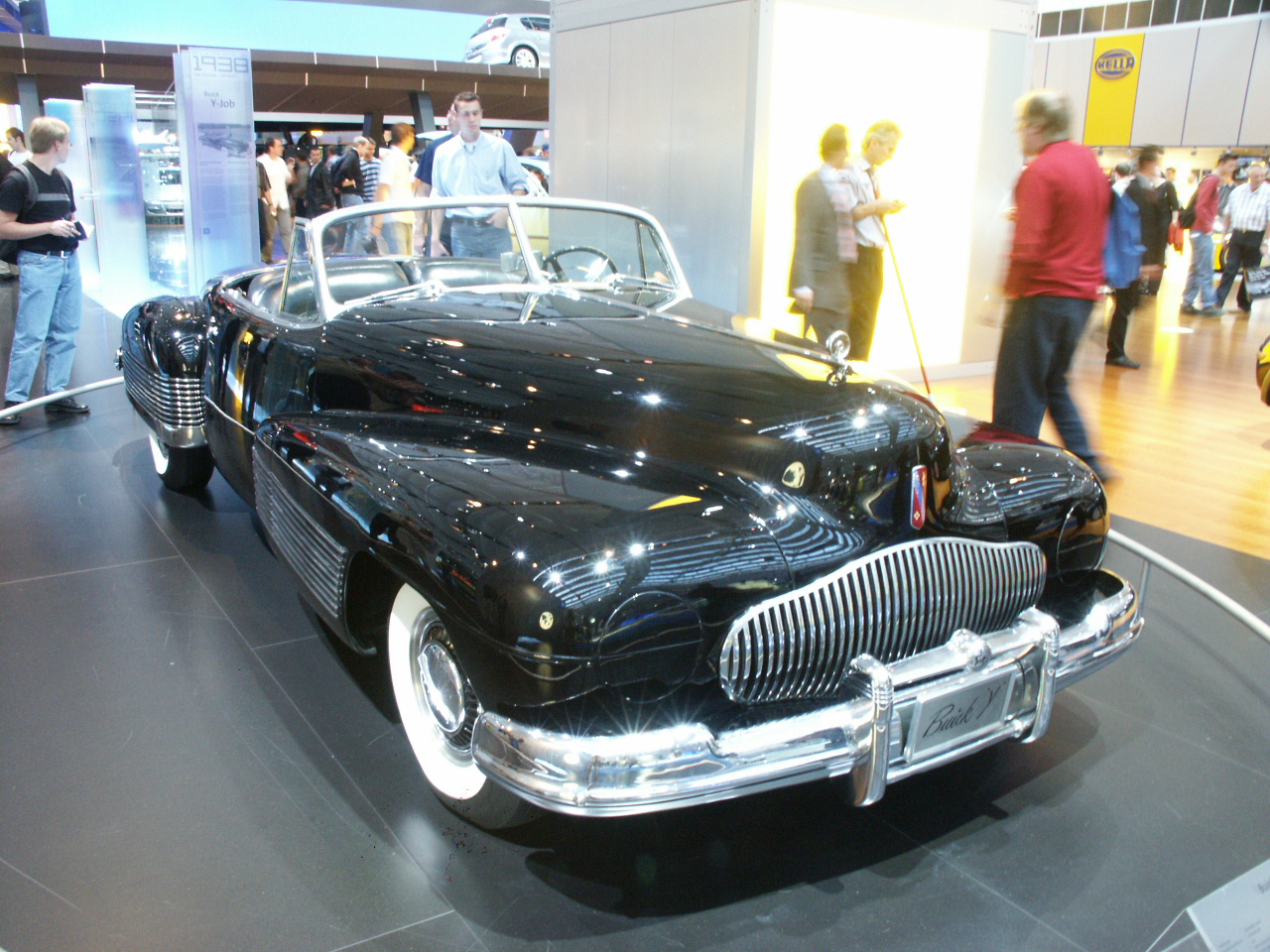
The Buick Y-Job, introduced in 1938, was the world’s first concept car. Designed by Harley Earl, it was a sleek, convertible coupe with advanced features like power windows. The Y-Job set the standard for automotive design and influenced future Buick models. Its long, low body and concealed headlights were revolutionary. Although it never went into production, it remains a significant piece of automotive history, with an estimated value of over $4 million today.
Chrysler Turbine Car (1963)
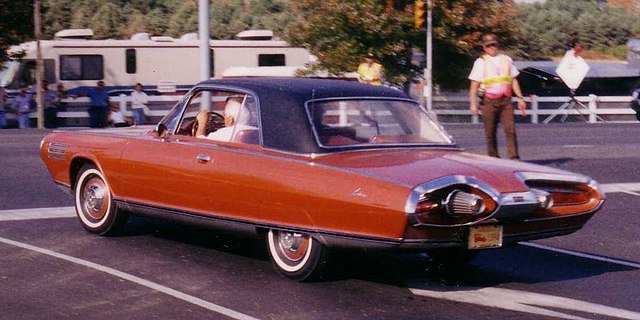
The Chrysler Turbine Car, unveiled in 1963, was a bold experiment in automotive engineering. It featured a gas turbine engine that could run on various fuels, including diesel and kerosene. The car’s futuristic design included sleek lines and a turbine-like exhaust. Chrysler produced only 55 units, and most were eventually destroyed. Today, the few remaining models are prized by collectors, with an estimated value of around $1 million each, showcasing a daring attempt at innovation.
Alfa Romeo BAT 5 (1953)
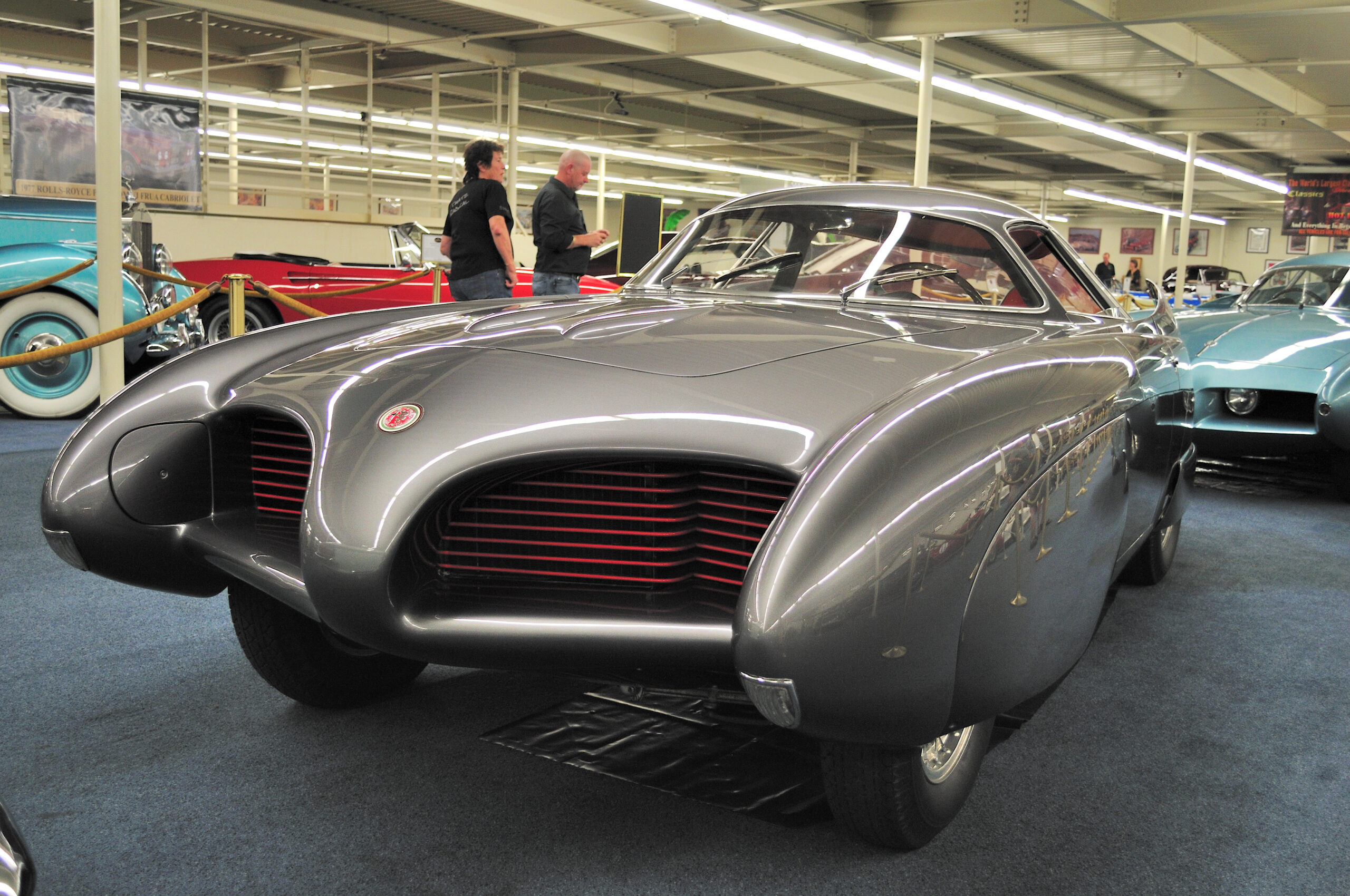
The Alfa Romeo BAT 5, presented in 1953, was part of a series of futuristic designs by Franco Scaglione. The car’s name stands for Berlinetta Aerodinamica Tecnica, and it was designed to minimize drag. Its dramatic, flowing lines and oversized tail fins were unlike anything else at the time. The BAT 5 influenced future Alfa Romeo designs and remains a highly valued collector’s item, with an estimated value of over $2 million. It’s a masterpiece of aerodynamic engineering and design.
Ford GT90 (1995)
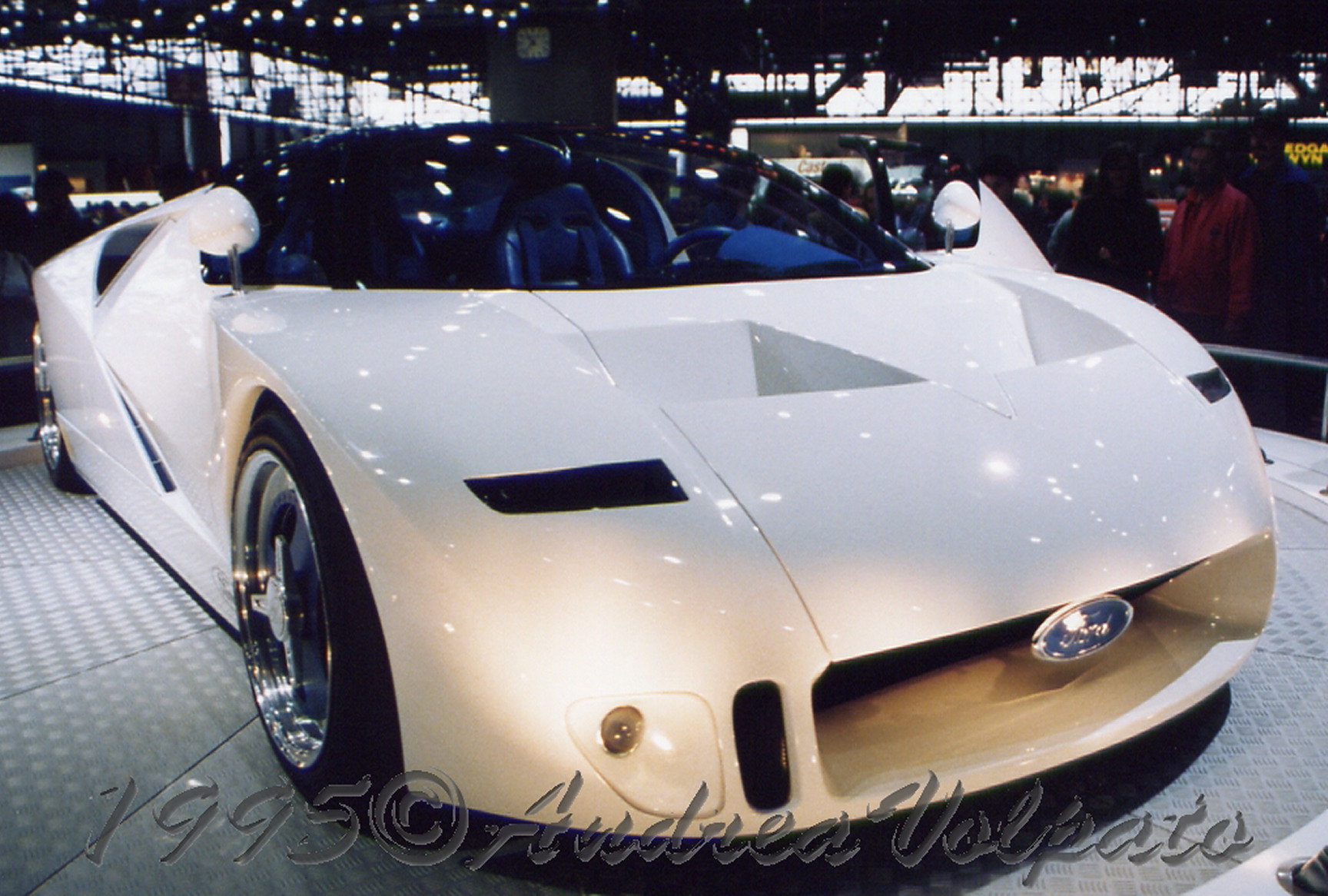
The Ford GT90, introduced in 1995, was a bold vision of the supercar of the future. Powered by a quad-turbocharged V12 engine, it produced 720 horsepower. Its design, inspired by the Ford GT40, featured sharp angles and advanced aerodynamics. The GT90 never saw production but influenced the design of the Ford GT that followed. It remains a celebrated concept, admired for its power and futuristic design, with an estimated value of around $3 million.
Mercedes-Benz C111 (1969)
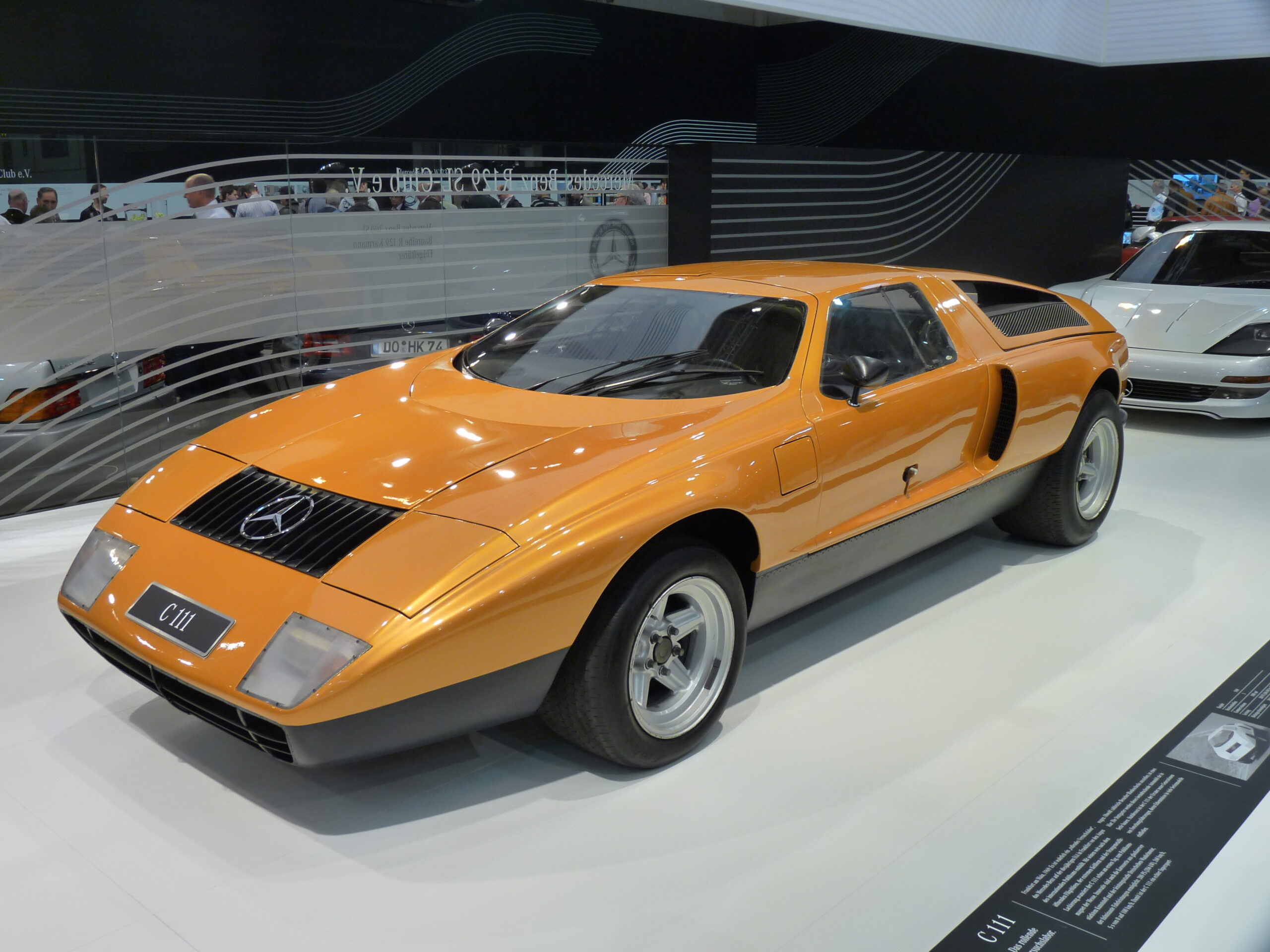
The Mercedes-Benz C111, revealed in 1969, was a groundbreaking experiment in performance and design. It featured a mid-engine layout and used a Wankel rotary engine, later upgraded to a turbocharged diesel. The car’s gullwing doors and futuristic bodywork were striking. The C111 was a testbed for new technologies but never reached production. It’s a cherished prototype, with an estimated value of over $10 million, embodying Mercedes-Benz’s innovative spirit.
BMW GINA Light Visionary Model (2008)
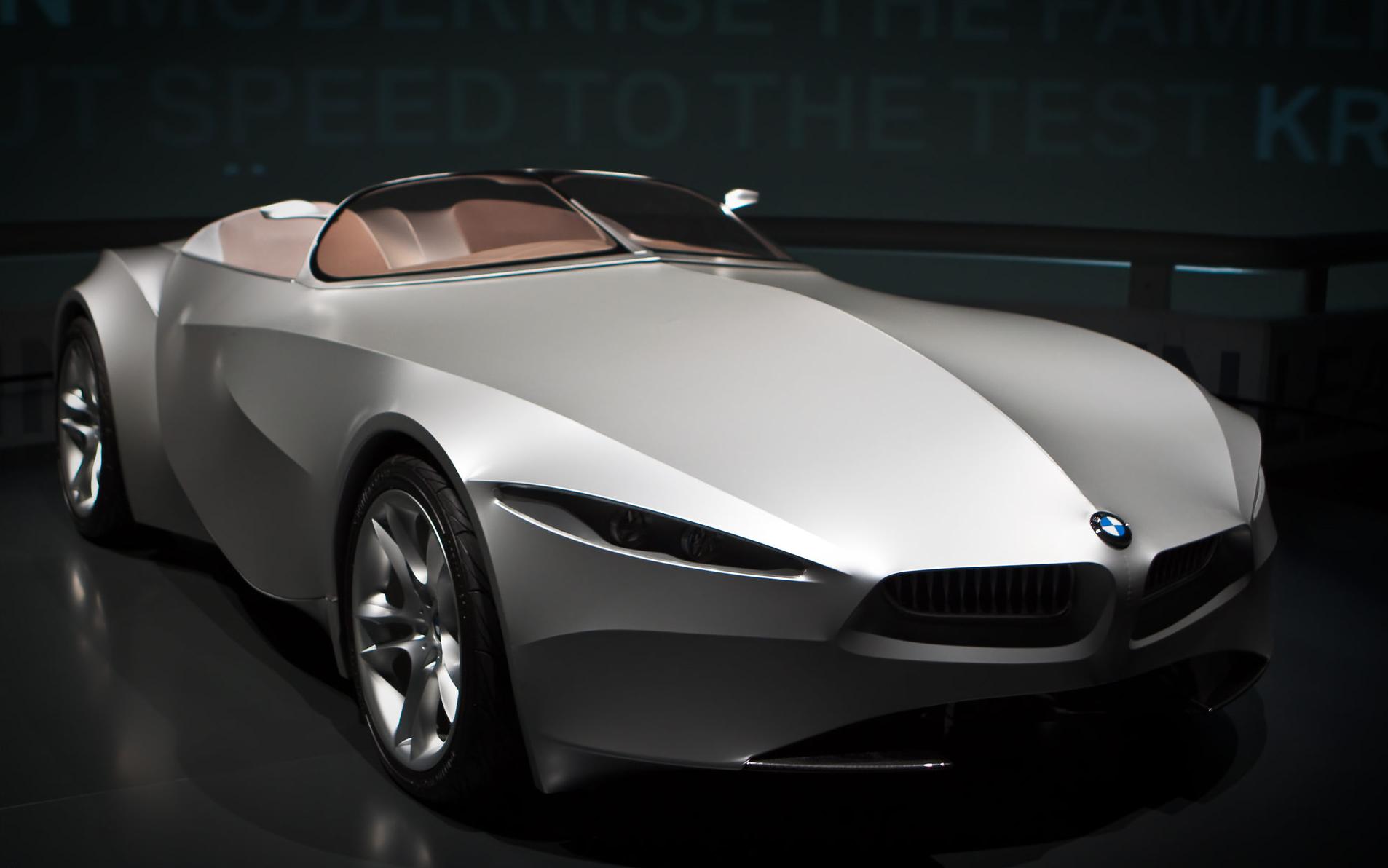
The BMW GINA Light Visionary Model, unveiled in 2008, was a revolutionary concept. It featured a flexible, fabric-covered body that could change shape. Designed by Chris Bangle, the car’s innovative design challenged traditional automotive concepts. The GINA’s adaptive structure allowed for dynamic aerodynamics and a unique appearance. Though it was never intended for production, it remains a symbol of BMW’s forward-thinking approach to design and technology, with an estimated value of over $3 million.
Lancia Stratos Zero (1970)
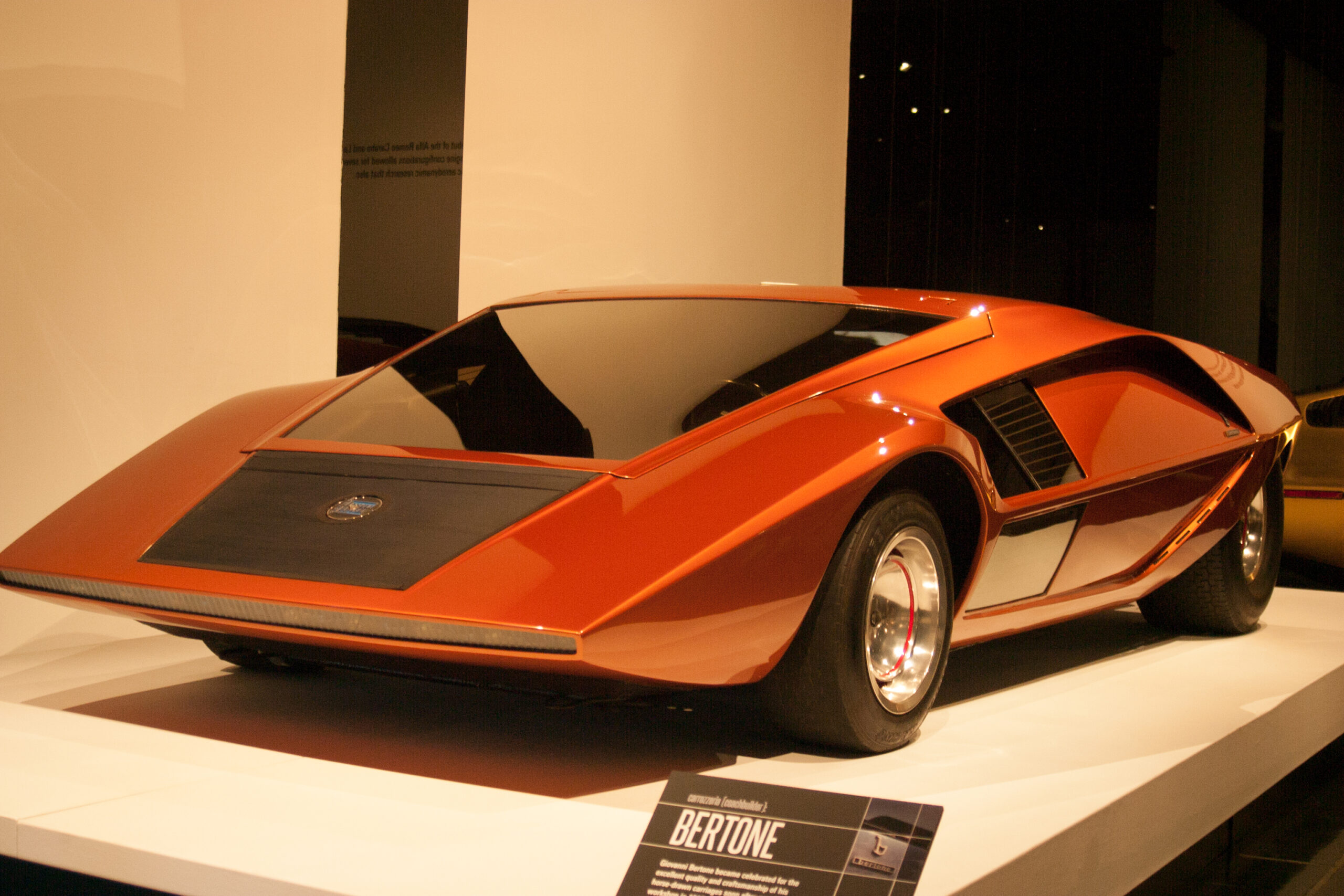
The Lancia Stratos Zero, unveiled in 1970, was a radical departure from conventional car design. Designed by Marcello Gandini at Bertone, it featured a wedge-shaped body with an ultra-low profile. The car stood just 33 inches tall, making it one of the most striking designs of its time. Its dramatic, angular lines influenced future sports car designs. Though it was never intended for production, the Stratos Zero remains a design icon, valued today at approximately $2.5 million.
Toyota FT-1 (2014)
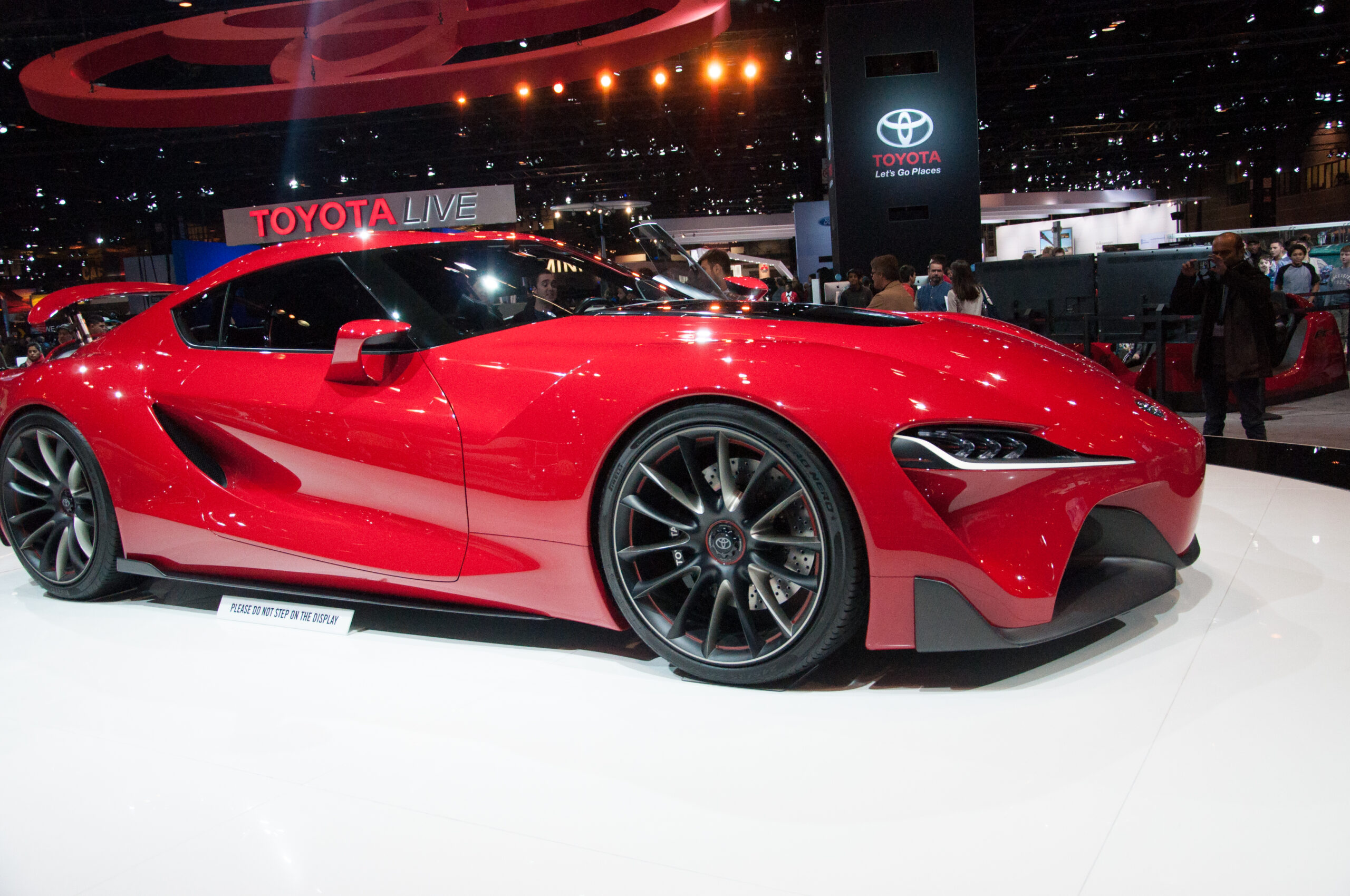
The Toyota FT-1, revealed in 2014, was a bold vision for the future of Toyota’s sports cars. It was designed by CALTY Design Research in California and showcased an aggressive, aerodynamic body with a long hood and swept-back windshield. The FT-1 was a spiritual successor to the Toyota Supra, featuring a front-engine, rear-wheel-drive layout. Although it never reached production, the FT-1’s design heavily influenced the 2020 Toyota Supra. Its value, as a concept car, is estimated at around $1 million.
Cadillac Sixteen (2003)
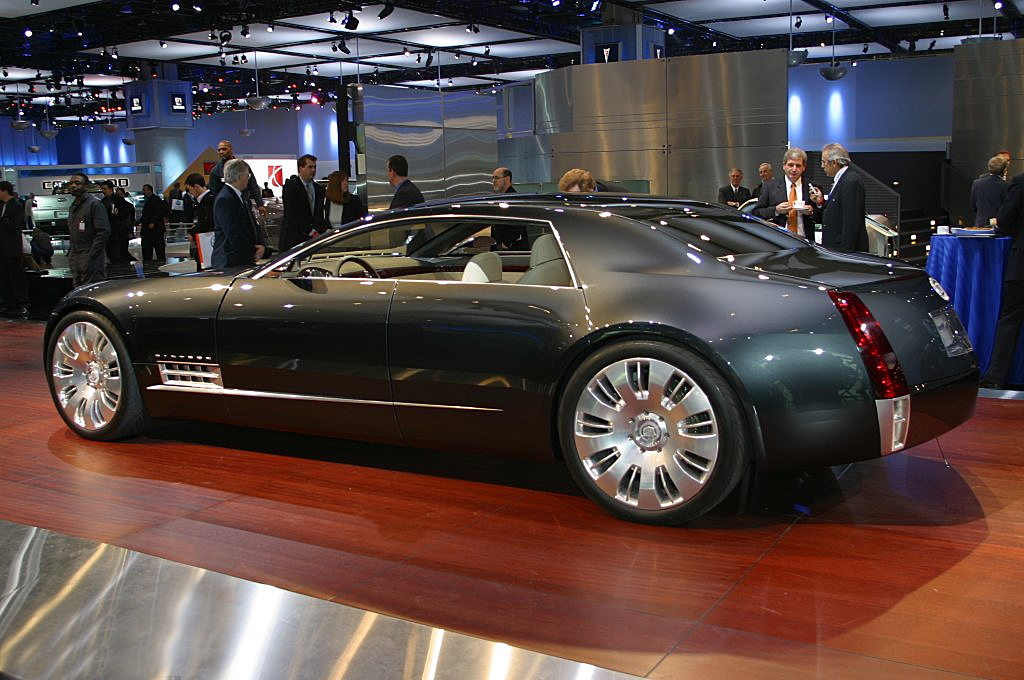
The Cadillac Sixteen, introduced in 2003, was a stunning example of American luxury and power. It featured a 13.6-liter V16 engine that produced an astonishing 1,000 horsepower. The car’s design was inspired by Cadillac’s classic models, with a long, elegant body and a luxurious interior. The Sixteen showcased advanced technology, including cylinder deactivation for fuel efficiency. Although it never entered production, its value as a concept is estimated at over $2 million, symbolizing Cadillac’s grand vision.
Mazda Furai (2008)
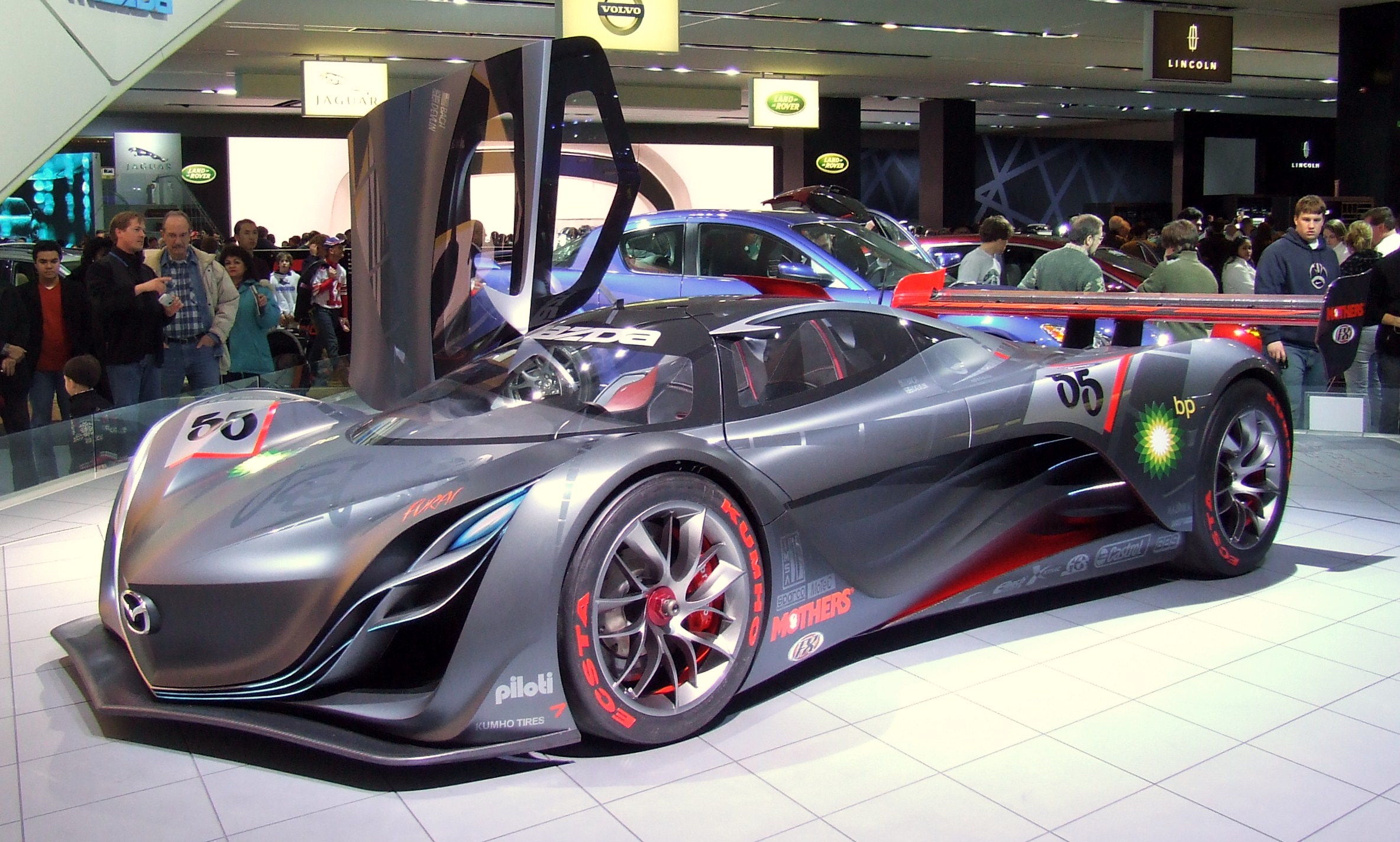
The Mazda Furai, unveiled in 2008, was a concept that blurred the lines between race car and street car. It was powered by a 450-horsepower rotary engine, running on ethanol. The Furai’s design was heavily influenced by Mazda’s “Nagare” design language, with flowing lines that emphasized speed and movement. Sadly, the only prototype was destroyed in a fire during testing. Despite this, the Furai remains one of the most iconic concept cars, valued at approximately $3 million, had it survived.
Italdesign Aztec (1988)

The Italdesign Aztec, introduced in 1988, was a futuristic two-seater sports car designed by Giorgetto Giugiaro. It featured a unique dual cockpit design, with separate canopies for the driver and passenger. The Aztec was powered by a 2.2-liter turbocharged engine producing 250 horsepower. Its advanced technology included a computer-controlled four-wheel-drive system. Only 18 units were ever produced, making it a rare and valuable collector’s item, with an estimated value of around $700,000.
Renault Trezor (2016)
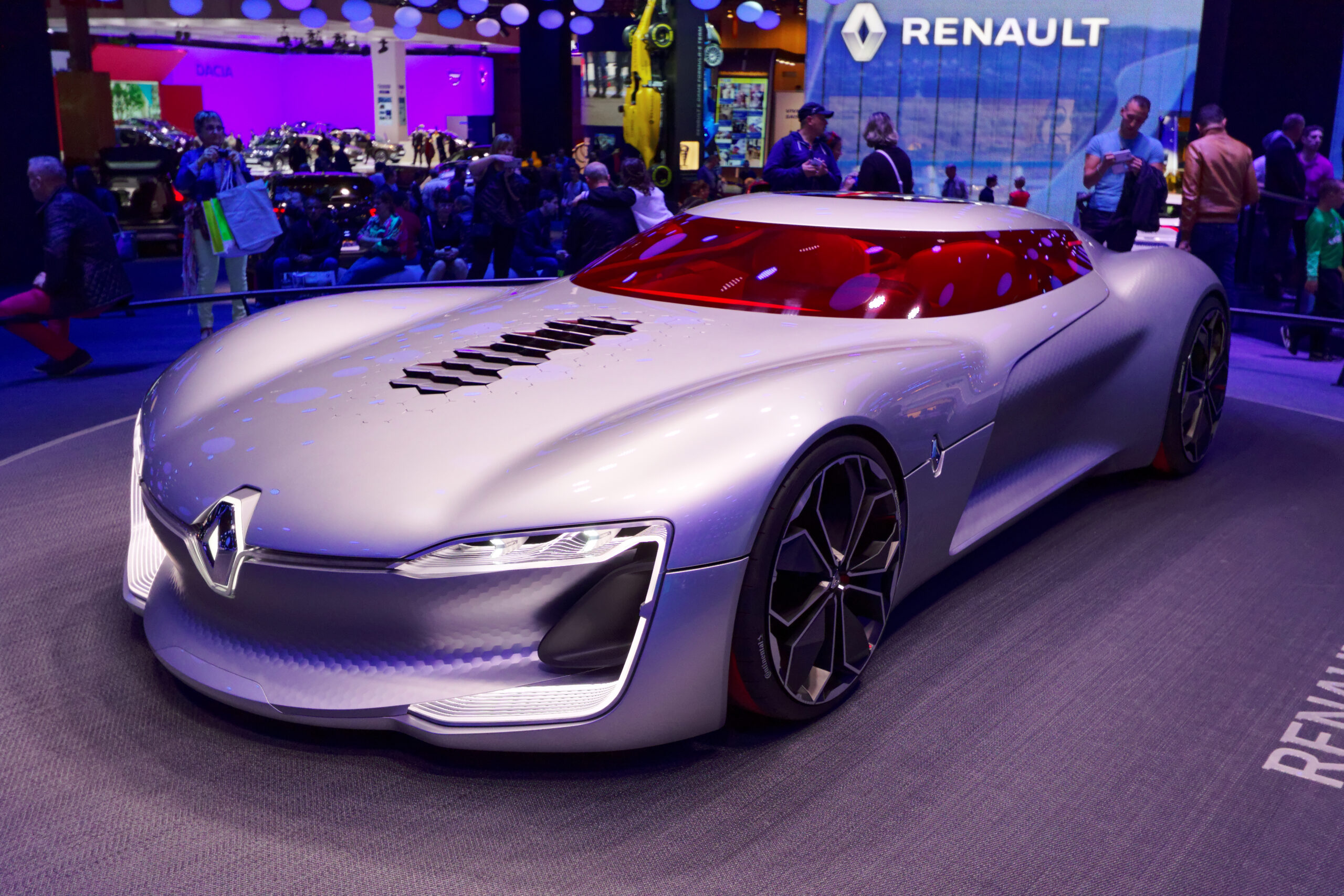
The Renault Trezor, unveiled in 2016, was a striking concept that combined sleek design with cutting-edge technology. It featured a fully electric powertrain with a 350-horsepower motor, capable of reaching 62 mph in under four seconds. The Trezor’s design was smooth and seamless, with a carbon fiber body and a canopy-like door. Inside, it showcased advanced autonomous driving technology. While not destined for production, the Trezor remains a symbol of Renault’s innovative future, valued at approximately $2 million.
Lamborghini Terzo Millennio (2017)

The Lamborghini Terzo Millennio, introduced in 2017, was a futuristic vision of what supercars could become. Developed in collaboration with MIT, it featured an electric powertrain with supercapacitors instead of traditional batteries. The car’s design was aggressively aerodynamic, with advanced materials that could self-heal minor damage. The Terzo Millennio was a concept car that pushed the boundaries of technology and design. Its value is estimated at over $3 million, representing Lamborghini’s commitment to innovation.
Jaguar C-X75 (2010)

The Jaguar C-X75, unveiled in 2010, was a hybrid supercar concept that combined performance with sustainability. It featured a 1.6-liter turbocharged and supercharged engine paired with four electric motors, producing a combined 850 horsepower. The C-X75 could reach speeds of up to 220 mph while offering a range of 30 miles on electric power alone. Although it never went into production, the C-X75 influenced Jaguar’s future electric vehicles. Its value is estimated at $1.15 million, highlighting its advanced engineering.
Honda EV-STER (2011)
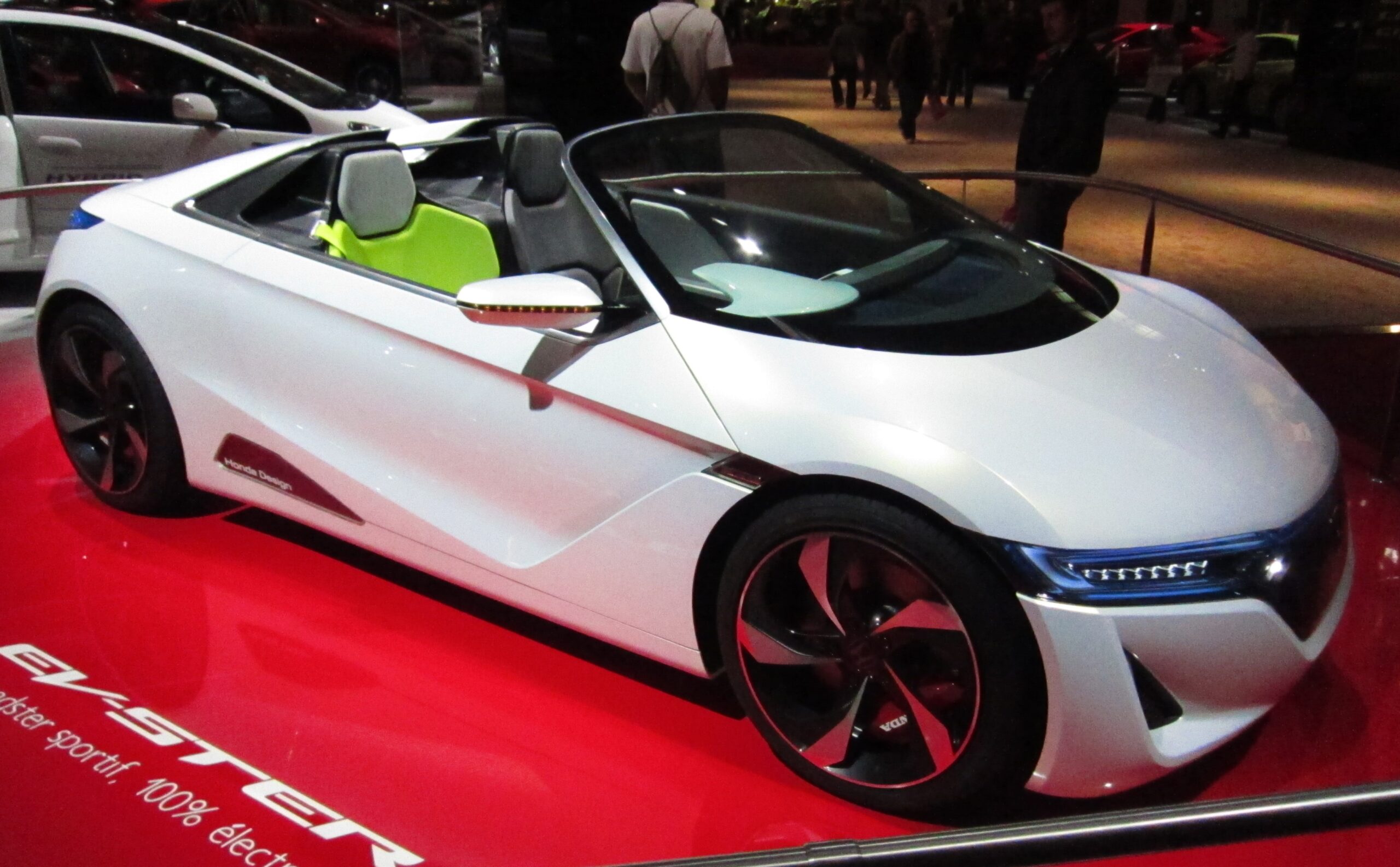
The Honda EV-STER, introduced in 2011, was a compact, all-electric roadster concept that emphasized fun and sustainability. It featured a lightweight, carbon fiber body and a rear-wheel-drive layout. The EV-STER was powered by an electric motor that could achieve a top speed of 100 mph. The car’s design was sporty and futuristic, with a focus on driver engagement. Though it never saw production, the EV-STER remains an important concept for Honda, valued at around $700,000.
Volkswagen W12 Nardo (2001)

The Volkswagen W12 Nardo, unveiled in 2001, was a high-performance supercar concept that showcased Volkswagen’s engineering prowess. It featured a 6.0-liter W12 engine producing 600 horsepower, allowing it to reach a top speed of 221 mph. The car set several speed records, proving its capabilities. The W12 Nardo’s design was sleek and aerodynamic, with a focus on performance. Although it never went into production, its value as a concept car is estimated at around $1 million, reflecting its engineering excellence.
This article originally appeared on Rarest.org.
More from Rarest.org
14 Ancient Temples with Unsolved Mysteries

Temples from ancient times have always fascinated historians and archaeologists. Some of these sacred places hold mysteries that remain unsolved to this day. Read More.
9 Unexpected Materials Used in Contemporary Art

Contemporary art constantly pushes the boundaries of creativity. Artists today use unexpected materials to challenge conventional notions of what art can be. Read More.
1944 Washington Quarter Value Guide

The 1944 Washington silver quarter is among the most interesting coins to collect. Many coin enthusiasts look for it because of its premium value and composition. Read More.
